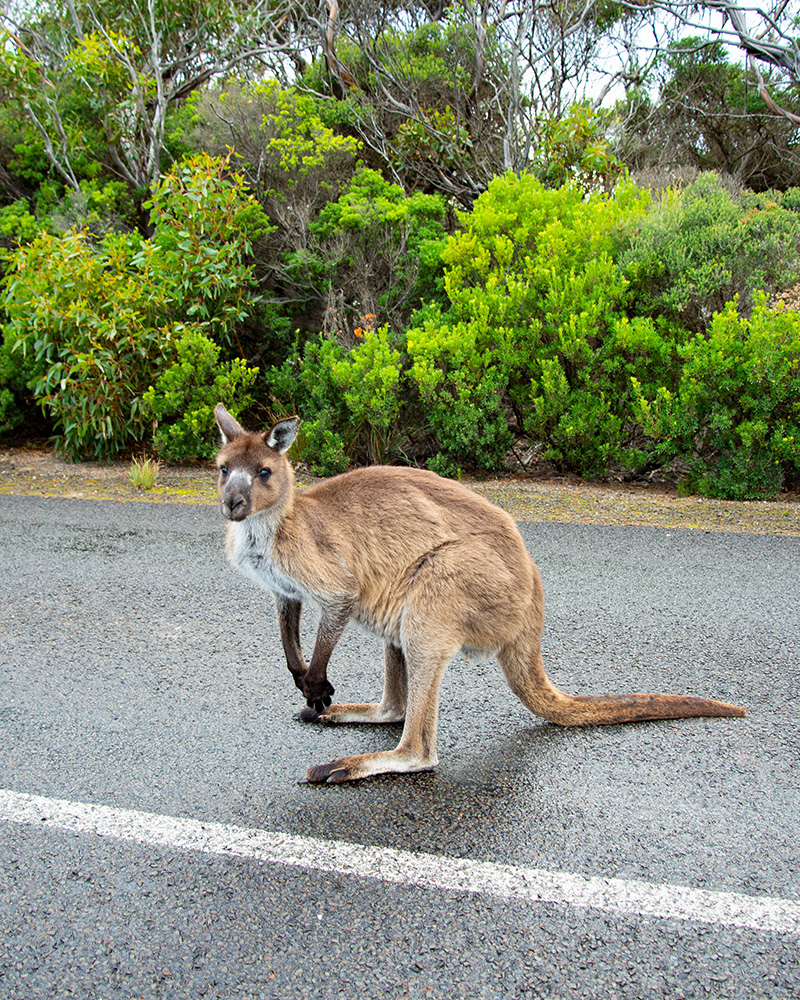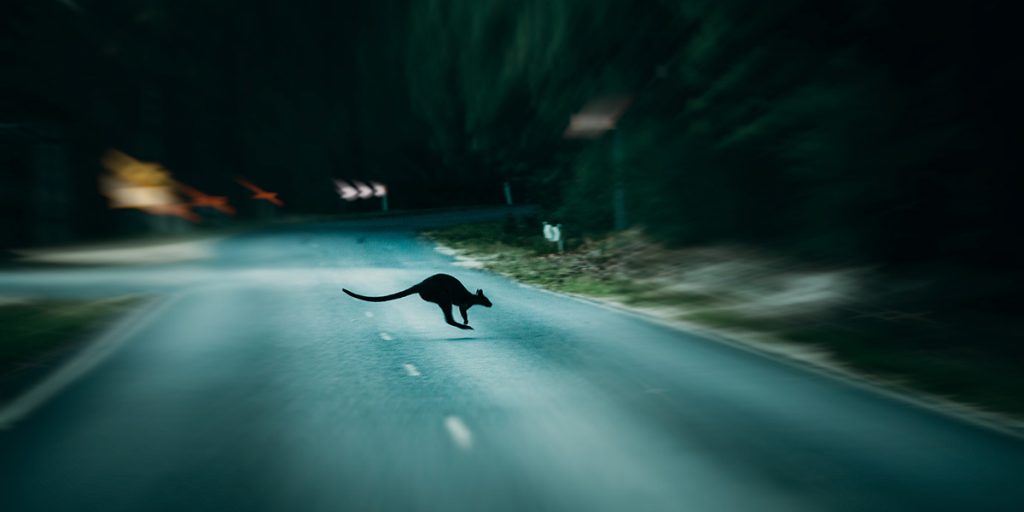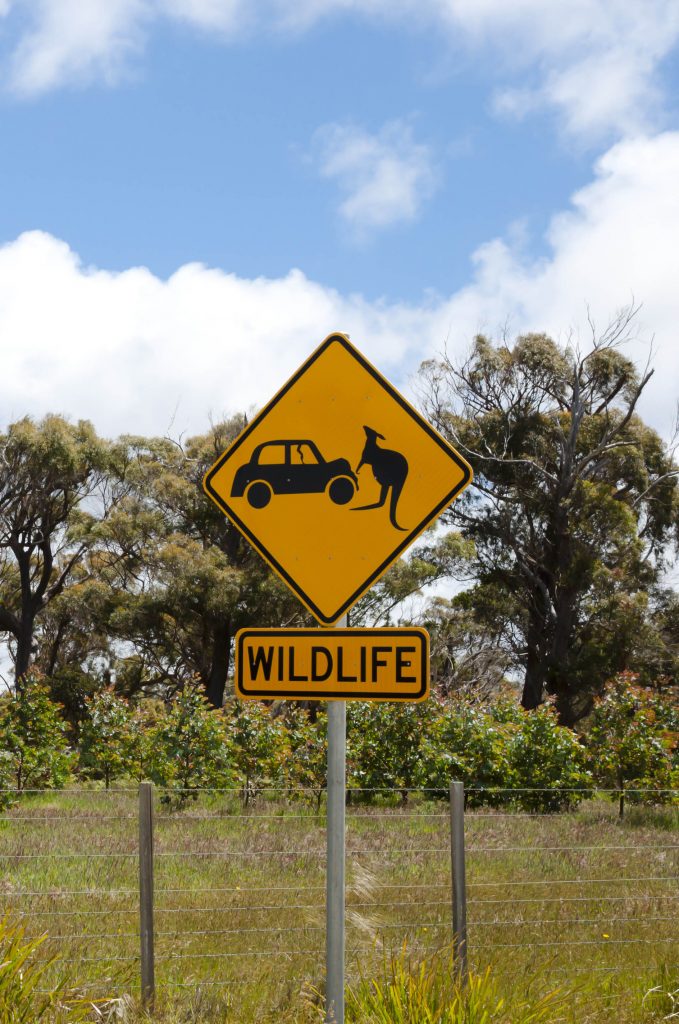Kangaroos (don’t) want to collide with you

One of the most common accidents on roads that go through natural spaces is collisions with wild animals that are crossing them. In Australia, the protagonist of these collisions is usually the kangaroo. In fact, it is estimated that it is involved in 90% of these types of accidents.
This greater presence of kangaroos on the roads is due to the increase in their population, together with the growth of cities, which spread to the edges of the habitats of these animals. On the other hand, the banking of the roads directs rainwater to the sides, causing fresh, green vegetation to grow on the banks, which attracts kangaroos to feed.
Although attempts have been made to create sound deterrents to scare away this type of wildlife from the roads, none have worked so far. The reason is that these sounds are not heard well when mixed with the noises caused by traffic, and that kangaroos do not interpret them as alarm signals either. It was therefore necessary to investigate further in search of a more practical solution. And it seems that Volkswagen has hit the nail on the head. The company is developing a device in one of its models, the most used in that country, which scares away these animals to avoid collisions.
Named RooBadge, it is a device that will be integrated into the brand’s front logo, and that will emit a series of sounds that kangaroos interpret as danger signals, so that they will move away from the roads and avoid collision. Still in the testing phase, Volkswagen is working with the University of Melbourne for the development of the software, and with the animal protection agency WIRES, which provides data on the hot spots where most accidents with kangaroos occur.
RooBadge is controlled through an application installed in the vehicle itself, and which is activated automatically when driving through a hot spot for incidents involving kangaroos. The data it collects is synchronized in the cloud, which allows these areas to be located. Due to the diversity of species of this animal that exist throughout Australia, the device does not use the same deterrent sound for all, but rather incorporates different tones adapted to each species. The system uses GPS and machine learning to select the most effective sound in each case. Unlike standard speakers that disperse sound, RooBadge uses directional speakers to emit a focused beam of sound in front of the vehicle, where it is most effective.


The first phase of research was carried out on golf courses with kangaroos accustomed to human presence and the sounds we make. The goal was to determine what sounds made them sit up and pay attention with the activity on the golf course in the background. In this way, it was discovered that biologically significant sounds were the most effective.
In a second phase, researchers tested directional speakers with sounds created to alert kangaroos. It was then time to test them in cars. So, in a third phase, they placed several remotely monitored vehicles in places where kangaroos migrated. The cars were equipped with directional speakers, motion sensors and 360º cameras, so that when a kangaroo passed in front of the vehicle, an alert sound was emitted. The animal’s reaction was recorded on video and uploaded to the cloud for monitoring. This phase of the research took place over six months. The positive results encouraged the company to apply to the Australian Animal Ethics Committee for permission to use those same vehicles in motion. With clearance granted, the device is now in the fourth phase of development.
Until all the tests are completed, it will not be marketed. The automobile company’s intention is to adapt it so that it can be incorporated into any other car brand, not just Volkswagens. That is why it is working on a version that can be installed on the license plate of any vehicle. And research continues, in this sense, so that the system can be used as a deterrent to other types of wild animals on other continents, such as deer in Europe and North America.